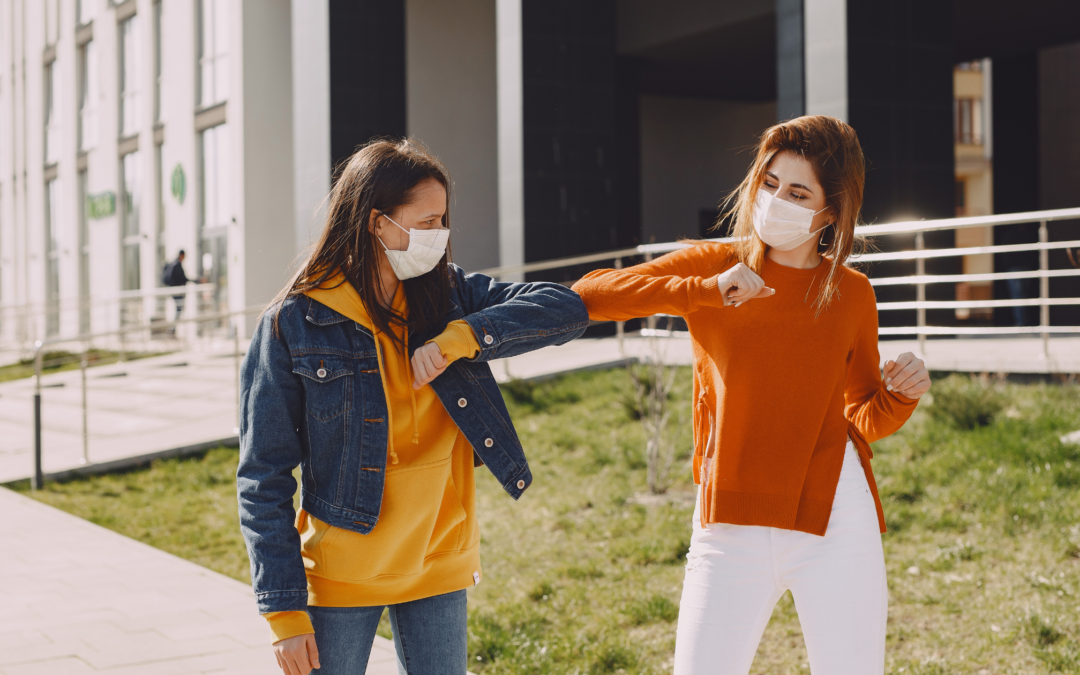One might think that hiking in the wide-open spaces of the great outdoors would be one area of life that is not affected by the COVID-19 pandemic. While it’s true that hiking on trails, in parks or across mountain remote paths is far less conducive to contracting or spreading the virus, the hiking industry maintains numerous advisories and cautions for hikers.
For example, officials with the Pacific Crest Trail Association caution all people who are contemplating a trip to this terrific hiking destination of trails that traverse Oregon, California and Washington. They urge people to “make responsible choices” when choosing an outing here.
That includes maintaining social distancing, wearing a mask if and when you come into sustained close contact with other nature lovers and washing and/or sanitizing hands often. Many hiking trails feature resting places or interpretive centers that are indoor. In these venues, the risk for contracting COVID is the same as in any enclosed environment.
COVID-19 has impacted the hiking sector in other ways. For example, there are many hotels, restaurants, sports shops and camping grounds that serve the hiking demographic. Like so many other business models, the many enterprises that serve hikers have struggled to cope with the loss of business.
Yet another long-term impact of COVID on hiking is a significant reduction in trail maintenance. Groups that use volunteers to maintain trail conditions and safety features have been reduced dramatically by most organizations. That means trails can sometimes deteriorate or be less safe, as when some locations are susceptible to falling rocks or boulders, or loose slides down a hillside, mountain trail or cliff area.
Trail maintenance is a significant undertaking. For example, the Pacific Crest Trail Association enjoys the help of hundreds of volunteers. During the pandemic, 832 volunteers managed to safely contribute an impressive 29,469 service hours. This included more than 500 hours of maintenance work. They did so while observing strict COVID safety protocols.
Now that vaccines are rolling out at a rapid pace, hiking industry observers are extremely hopeful that a nearly normal (pre-pandemic) hiking experience will be all but in place by the last fall or end of 2021. It’s likely that some lesser degree of cautions will still be required heading into 2022. Time will tell.
